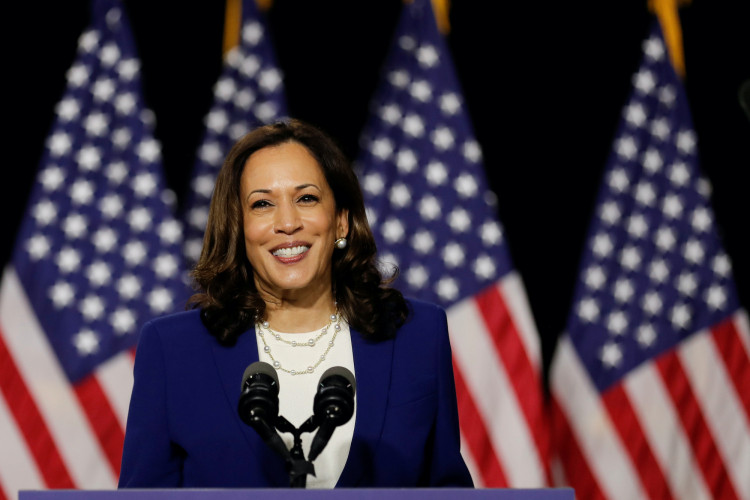In a dramatic shift in the 2024 presidential race, Vice President Kamala Harris has seen a significant boost in support among low-income voters following her ascent to the top of the Democratic ticket. A recent USA TODAY/Suffolk University poll reveals that Harris now holds a substantial lead over former President Donald Trump among voters earning less than $20,000 annually. This group now supports Harris by 58% compared to Trump's 35%, a notable reversal from earlier in the year when Trump had a slight edge.
Daigre Thomas, a health care worker from Connecticut, embodies this change. "We don't have to tell her anything. She knows what's going on," said Thomas, expressing newfound confidence in Harris's commitment to addressing the needs of low-income Americans. Thomas's support underscores Harris's growing appeal within this demographic, driven in part by her promises to enhance housing affordability and raise the childcare tax credit.
Harris's ascent is also marked by a broader demographic shift. The poll indicates that her approval rating among Black voters has surged by 17 percentage points since June, now standing at 64%. Similarly, Harris has gained significant traction among moderate-income voters, those earning under $50,000, where she leads Trump by 47% to 44%.
The Democratic National Convention appears to have played a pivotal role in boosting Harris's profile, with her favorability rating among low-income voters jumping from 37% in June to 53% in August. David Paleologos, director of the Suffolk University Political Research Center, attributes this increase to Harris's enhanced visibility and strategic use of social media, which has resonated particularly well with younger voters.
Despite these gains, Harris's national lead is modest. According to The Guardian's poll tracker, she leads Trump by approximately two points. This improvement, however, is less pronounced compared to the leads enjoyed by previous Democratic candidates at this stage. In 2016, Hillary Clinton led Trump by five points, while Joe Biden had a 6.3-point advantage in 2020.
State-level data, however, paints a more nuanced picture. Harris has made substantial inroads in key swing states such as Georgia and Arizona, where she has gained over four points since Biden stepped down. This progress is attributed to her consolidation of the Democratic base and increased support among voters of color and young people.
Christopher Borick, a professor of political science at Muhlenberg College, notes the critical importance of swing state performance. "We're talking about a few points either way being critical," he said, emphasizing the narrow margins that could decide the election.
Harris's recent gains are tempered by the enduring challenge of swing state dynamics. Polls show Harris and Trump within two points of each other in several crucial states, a scenario that underscores the tight race. Historical polling errors from past elections, where Trump outperformed predictions, add to the uncertainty.
Josh Clinton of the American Association for Public Opinion Research highlights the challenges in polling accuracy, noting significant errors in past elections. Adjustments made in 2020, such as weighting for educational attainment, have improved accuracy, but the unique dynamics of Trump's candidacy continue to pose challenges.
As of now, the electoral map remains highly competitive. The website 270toWin categorizes seven states as "toss-ups," with Harris needing to secure three of the Democratic-leaning swing states-Michigan, Pennsylvania, and Wisconsin-to reach the critical 270 electoral votes. Trump, conversely, would need to flip at least two states currently leaning Democratic to win.






